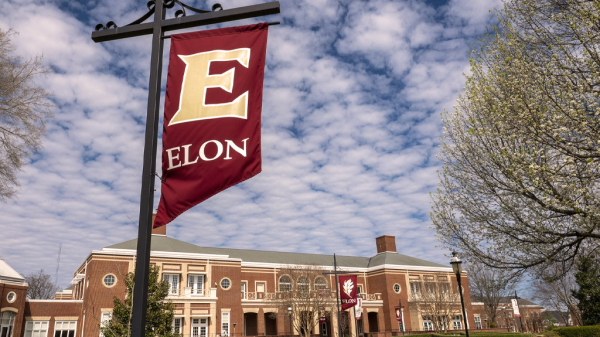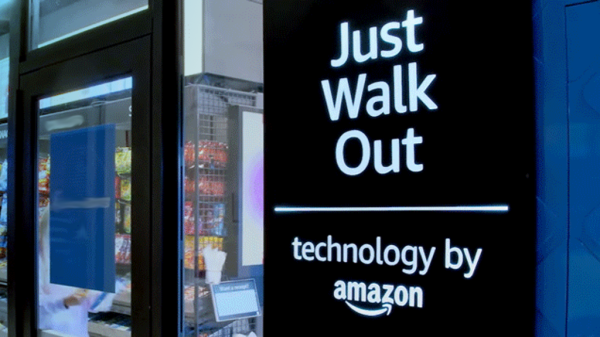 So in parts one and two I’ve covered off the model that we operate in the UK and where it differs to the one you are familiar with locally. This post is to complete this series by outlining my thoughts on the strengths and weaknesses of our model, our ability to change with the times and areas where I think the UK and US models might be converging.
So in parts one and two I’ve covered off the model that we operate in the UK and where it differs to the one you are familiar with locally. This post is to complete this series by outlining my thoughts on the strengths and weaknesses of our model, our ability to change with the times and areas where I think the UK and US models might be converging.
The threat in terms of the model we operate is that with the growth of the internet, the perceived value an agent adds to the home moving process is eroding.
Estate agents used to be valued for their intricate knowledge of house prices that wasn’t accessible to mere mortals. We would know what sold and for how much and it’s only in the last few years that this information has been available to the general public – this has taken away some of our superhuman powers.
Estate agents also used to hold a valuable list of people wanting to move home. The general public would call and register with all of the estate agents in the town so that they could be alerted when a new property became available. Now they can register on the property portals and get automatic alerts when a new property becomes available
Property portals are like kryptonite
So as a result, property portals that also list house price information are to estate agents what kryptonite is to Superman, and what were traditionally our main powers are significantly reduced. They give so much control to the home sellers and buyers that many of them feel they don’t need estate agents, other than to get their properties listed on the portals for sale.
As I mentioned, the main portals don’t allow FSBO listings and this is clearly good news for agents. But now is the time that agents need to seriously look at where we add value to the process, because there is no guarantee this will continue.
Any good agent knows that they do a hell of a lot in the process that isn’t appreciated by the home seller. In no small part their negotiation skills are often what make deals happen that otherwise wouldn’t and also holds many deals together through the rocky process leading up to completion.
I see a similar threat to way you operate in US, with some alternative models emerging. A tech savvy generation coming through who can see the traditional model isn’t perhaps as valuable as it previously was and social media sites advocating the FSBO model in a new guise.
It seems to me that there may be as many similarities as there are differences between our two models and after all, we are both working in a customer service driven, people business. Clearly on both sides of the pond we need to work at presenting a model to the vendor that demonstrates where an agent adds real value.
I'm a UK property geek and blog at housingdabble.com My day job as Director at The Property Academy involves consulting with property professionals to define and implement best practice in their businesses. We also do marketing, PR and Social Media. We also help them celebrate their success by organizing the Estate Agency of the Year Awards in association with The Times. Have no fear, I've seen the future and it will be.






































FlatFeeRealty.com
December 17, 2010 at 2:28 pm
Great article Ben! I am sure many agents in the UK would not like it if FSBO’s were suddenly able to get on your major listing websites. It has already happened here (via the Flat Fee MLS Broker) with brokers like me, who assist FSBO’s in getting their home on the MLS and Realtor.com for a small fee.
Maybe I should move to the UK and open up a Flat Fee Brokerage? 🙂
Ben Harris
December 20, 2010 at 11:59 am
Thanks, glad you like the article.
There are some firms that are starting to launch these services but I’m not a big fan of it personally.
Bruce Lemieux
December 17, 2010 at 3:28 pm
Interesting. The UK market sounds like it was here when listings were printed in listing books and only available to agents (long before my time). Agents were gatekeepers of basic listing data. In the U.S. that model passed a long, long time ago.
My typical clients gets a lot of data on their own. They know what’s on the market, they know what’s sold next door, they read blogs, etc. So where’s my value-add? With the flood of data that consumers get, I help separate the facts vs. myth and help translate data into information that can be applied to a client’s specific micro situation.
With the tsunami of available data to consumers, it’s harder for an agent to fake it. You have to know your market by areas and price range. Because there’s so much information, we are better positioned to add value than before. Ultimately, educated buyers are the best buyers. Don’t fear the data — it’s ultimately a friend to the agent who knows what he/she’s doing.
Ben Harris
December 20, 2010 at 12:02 pm
Great points Bruce, and you are spot on, this is exactly where the good agents are heading on this.
Tsunami of data – I like that!
Rainer
December 17, 2010 at 3:33 pm
I’m interested to see how many agents in the US will try to hang onto the old model instead of changing with it. I agree that things are changing, and many people in the US realize that agents are not providing enough value for a 6% fee. I agree with that sentiment in probably half the cases.
I think it’s important for sellers to prepare the house for sale, and market the property well. Unless a single site like Realtor.com dominates the housing search, and becomes the go-to place for FSBO buyers and sellers, then agents will offer more value by being able to list on more portals for lower rates than individual sellers.
I do think fees in the US will be pushed down over the next 10 years…probably to a rate closer to 4.5-5% on average. I still see 7-8% rates on single family homes, but those agents are going to have to really offer significant value to maintain those.
Agent for Movoto
December 17, 2010 at 6:51 pm
hey, great post-series. Just throwing a question out there: how much, if at all, do you think the sheer size of our respective countries influences the way we think about buying/selling land and homes?
Nadina Cole-Potter
December 17, 2010 at 9:58 pm
Hoo boy! In Part 2 you talked about how deals could fall through when there were better offers before the contract was drawn up by the attorneys and signed by the parties and when buyers came close to signing a contract after a substantial wait for the lawyers to draw up the contracts and then wanted the price dropped. I am so glad that we have a different system — yours, Ben, is crazy-making, and if you can still get a deal to close without the parties hating each other and their agents, you have more than earned your commission! In Arizona, for residential transactions, in addition to having separate agents for seller and buyer (common practice but “disclosed dual agency” is permissible), we also have a contract form, developed by the state Realtor association and updated regularly to reflect a changing market or misunderstandings, which combines the offer with the contract. So, when both parties have offered in writing (on the form), counter-offered in writing (on another official form) and the combined document is finally acceptable to both (rarely are lawyers brought in on a residential deal) and signed by both, there is a contract, there is an earnest money deposit in escrow which “goes hard” after an inspection period (with a minor exception), and there are a limited set of circumstances in which either party can withdraw from the deal. Especially, the seller cannot withdraw because s/he gets a better offer. The better offer is only a back-up in case the first contract fails. The period for negotiations and finalizing the contract is, at most, a week-long process. And anything goes before the contract is signed.
I would say that the above is a “best practice”. One one hand, attorneys still maintain that residential agents and brokers are “playing lawyer” (and there are some I have met that I am sure haven’t yet read the contract form) ; on the other hand, most of the real estate attorneys I know would rather not be bothered with residential deals.
In commercial deals, we do have to wait until an attorney drafts the contract and the attorneys and parties refine the deal and sign off. However, we add a provision that once the Letter of Intent is signed by the seller, s/he (or it) can take back-up offers but our accepted offer cannot be replaced by another unless the deal falls through. Again, there is a time when the inspection/due diligence period ends that the earnest money deposit “goes hard” and cannot be refunded if the buyer bails out or can’t perform financially. The sale price can be reduced by the seller, at the request of the buyer, particularly on issues of appraisal, condition, vacancies, financial condition not being as represented. I have even made an accepted offer where the seller would subsidize the rents and the CAMs for a year at (then quite high) market rates until the property was stabilized.
Rob McCance
December 17, 2010 at 11:07 pm
Very interesting series. You lost me way back at the 1-2% commission, but it’s been interesting reading since then, none the less.
I think you are describing the evolution of a limited small market and many more hundreds of years of evolution of the industry.
We may not go down the same path in the US as our dynamics are a LOT different. So many markets, so many differences, so much geographic space.
Maybe our commissions here should go UP. LOL!
FlatFeeRealty.com
December 19, 2010 at 10:27 am
Unlikely that commissions will go up! LOL they are shifting downward.
Denise Hamlin
December 18, 2010 at 1:27 am
Interesting series. I haven’t lived in the UK for a long time so don’t have a personal opinion. I do know that my family has a very different perception of real estate agents than anyone I know here. As far as I can tell it’s not a relationship based business over there, which of course it is here in the US. It seems the systems are so different it’s difficult to draw any conclusions.
Then there’s the fact that moving is a way of life here and something people do every couple of years or so. It’s not like that in the UK, which changes the whole dynamic anyway.
Ultimately I don’t think agents, (at least not good agents) will have any problems staying relevant here. Our profession has moved away from “selling.” We’re here to provide a service and in order to provide value to the consumer, (both buyers and sellers), we need to know our stuff. Will the same model work in the UK? Seems like they’re a long way from it at the moment…
Lani Rosales
December 18, 2010 at 11:12 pm
Ben, it seems to me that you guys are in a similar position of reconsidering the industry’s value proposition and I bet you agree with us that it’s a good challenge. 🙂